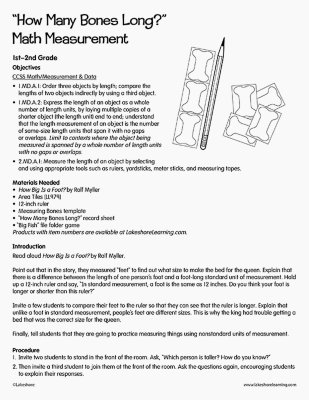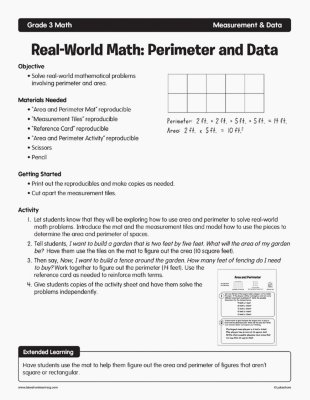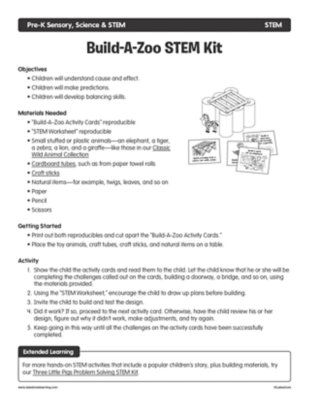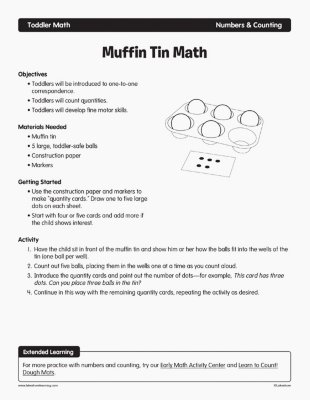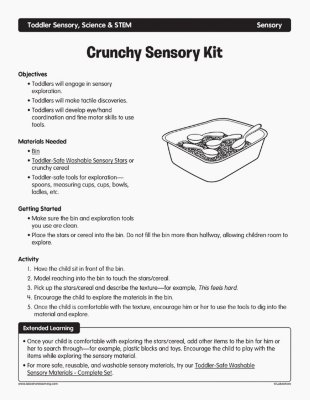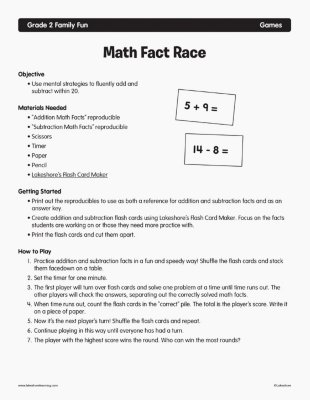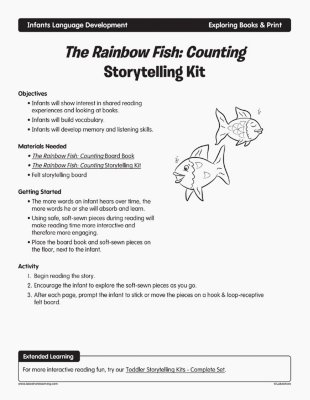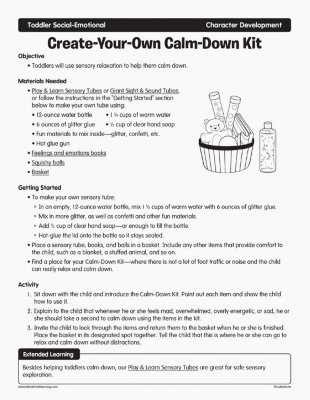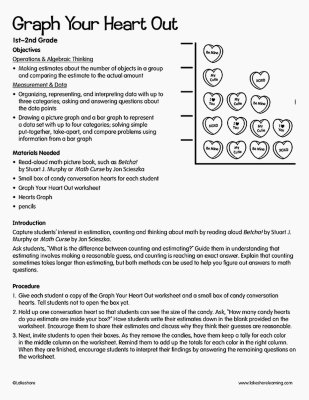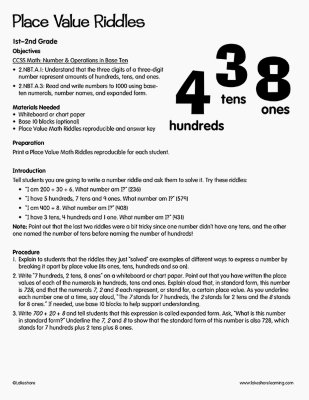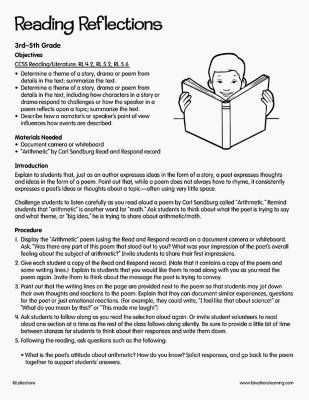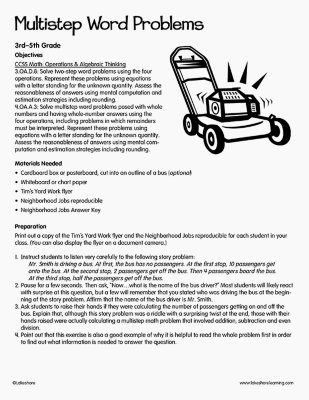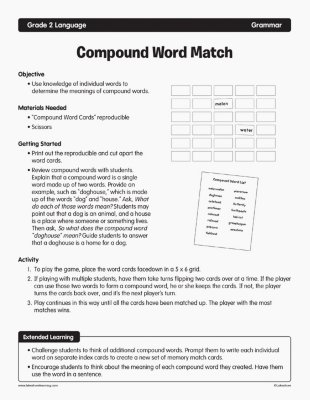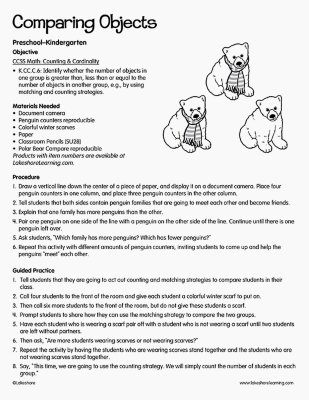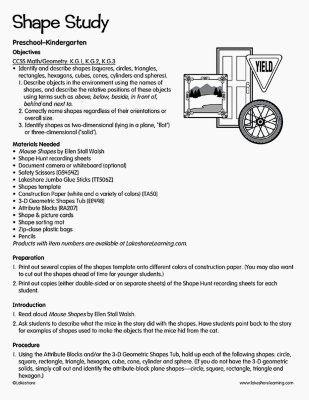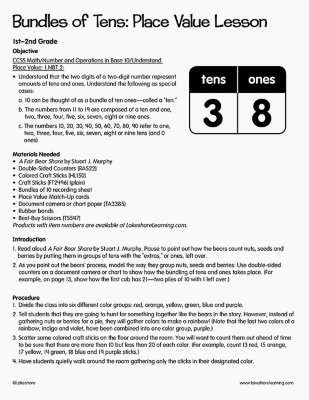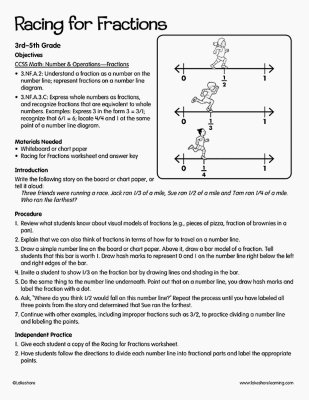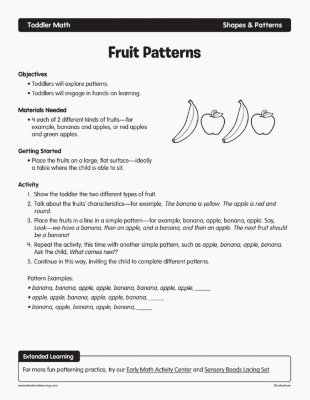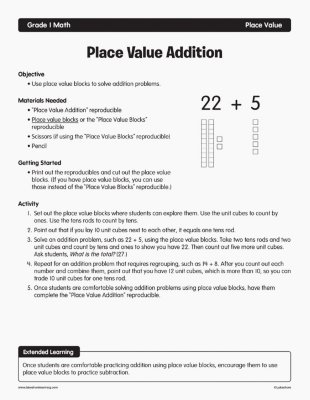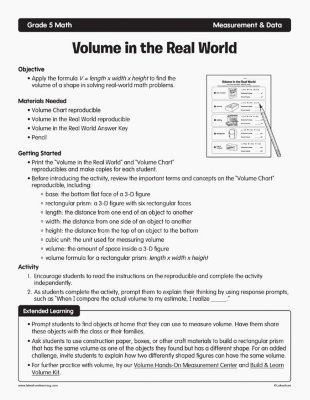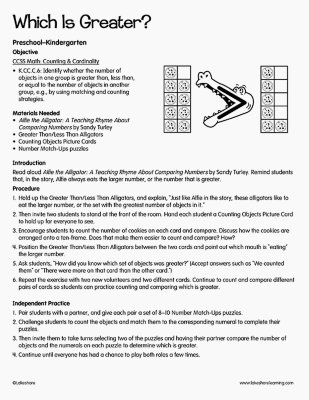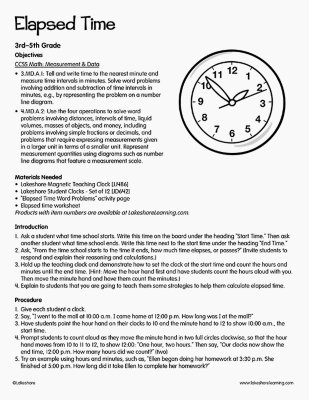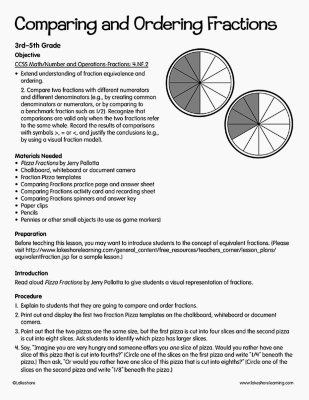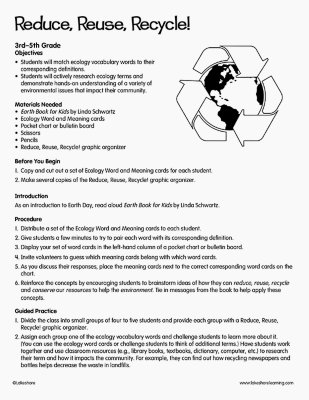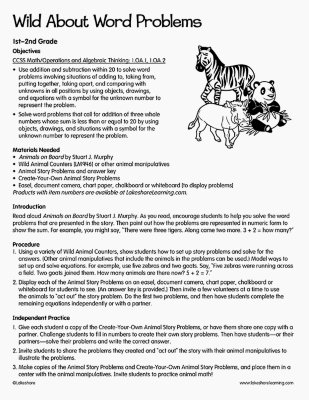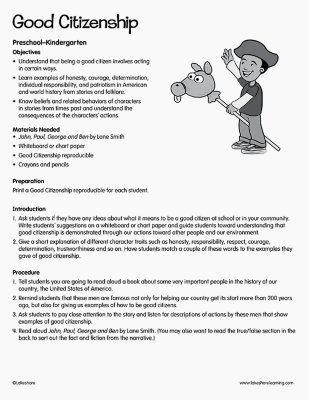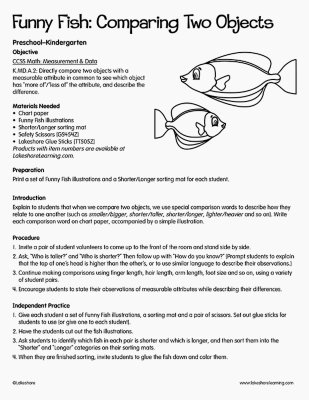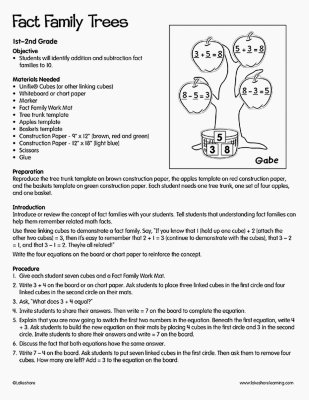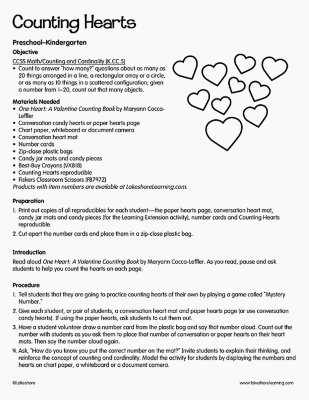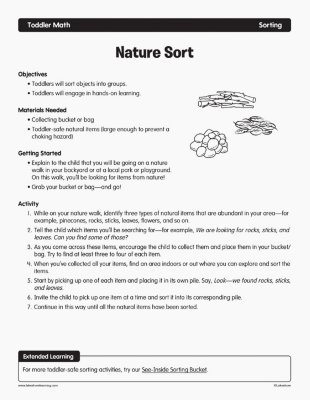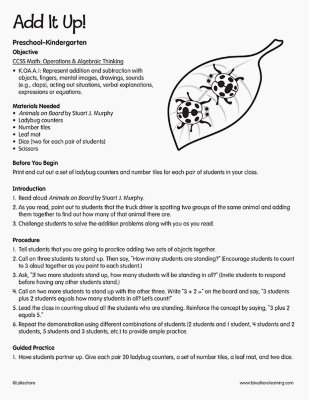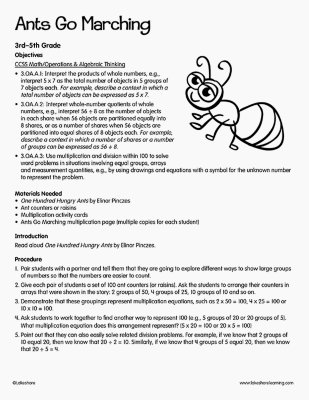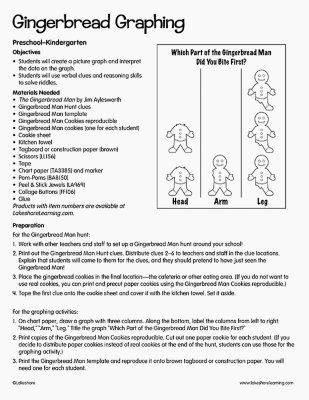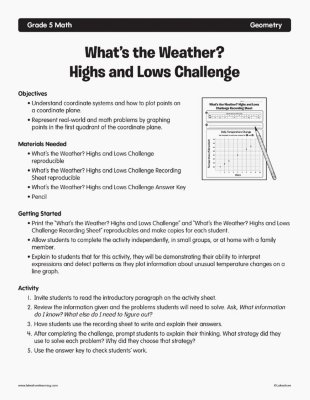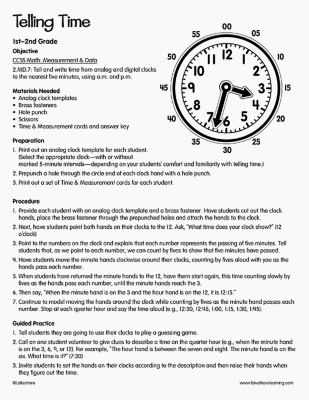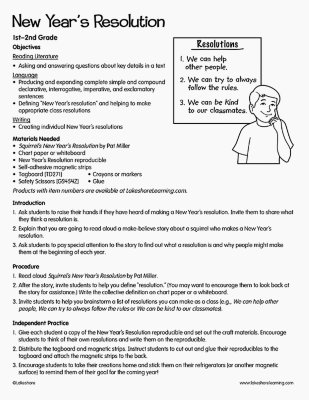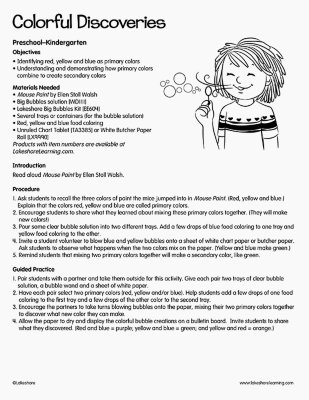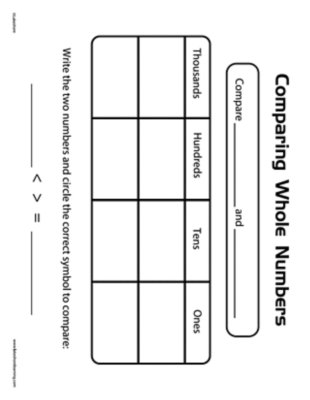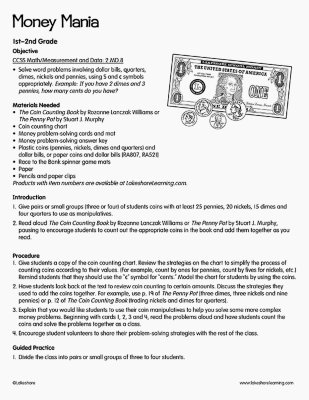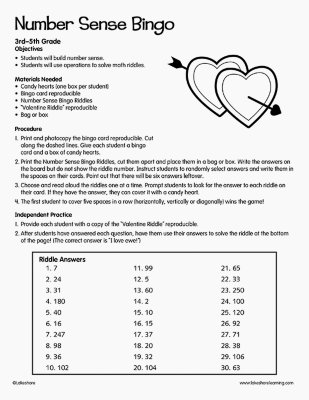Narrow by Grade
Grade
42 results for "individual hands-on math kit"
Objective
- Solve real-world mathematical problems involving perimeter and area.
Objectives
- Children will understand cause and effect.
- Children will make predictions.
- Children will develop balancing skills.
Objectives
• Toddlers will be introduced to one-to-one correspondence.
• Toddlers will count quantities.
• Toddlers will develop fine motor skills.
Objectives
• Toddlers will engage in sensory exploration.
• Toddlers will make tactile discoveries.
• Toddlers will develop eye/hand coordination and fine motor skills to use tools.
Objective
- Use mental strategies to fluently add and subtract within 20.
Objectives
• Infants will show interest in shared reading experiences and looking at books.
• Infants will build vocabulary.
• Infants will develop memory and listening skills.
Objective
• Toddlers will use sensory relaxation to help them calm down.
View Lesson PlanObjective
- Use knowledge of individual words to determine the meanings of compound words.
Objective CCSS Math: Counting & Cardinality K.CC.C.6: Identify whether the number of objects in one group is greater than, less than or equal to the number of objects in another group, e.g., by using matching and counting strategies. Materials Needed Document Camera Penguin counters reproducible Colorful winter scarves Paper Classroom Pencils Polar Bear Compare reproducible
View Lesson PlanObjectives
• Toddlers will explore patterns.
• Toddlers will engage in hands-on learning.
Objective
- Use place value blocks to solve addition problems.
Objective
- Apply the formula V = length x width x height to find the volume of a shape in solving real-world math problems.
Objectives
• Toddlers will sort objects into groups.
• Toddlers will engage in hands-on learning.
Objectives
- Understand coordinate systems and how to plot points on a coordinate plane.
- Represent real-world and math problems by graphing points in the first quadrant of the coordinate plane.
Objective CCSS Math: Measurement & Data 2.MD.7: Tell and write time from analog and digital clocks to the nearest five minutes, using a.m. and p.m. Materials Needed Analog clock templates Brass fasteners Hole punch Scissors Time & Measurement cards and answer key
View Lesson PlanObjectives Identifying red, yellow and blue as primary colors Understanding and demonstrating how primary colors combine to create secondary colors Materials Needed Mouse Paint by Ellen Stoll Walsh Big Bubbles solution Lakeshore Big Bubbles Kit Several trays or containers (for the bubble solution) Red, yellow and blue food coloring Unruled Chart Tablet or White Butcher Paper Roll Introduction Read aloud Mouse Paint by Ellen Stoll Walsh.
View Lesson PlanObjectives Students will build number sense. Students will use operations to solve math riddles. Materials Needed Candy hearts (one box per student) Bingo card reproducible Number Sense Bingo Riddles “Valentine Riddle” reproducible Bag or box
View Lesson Plan
